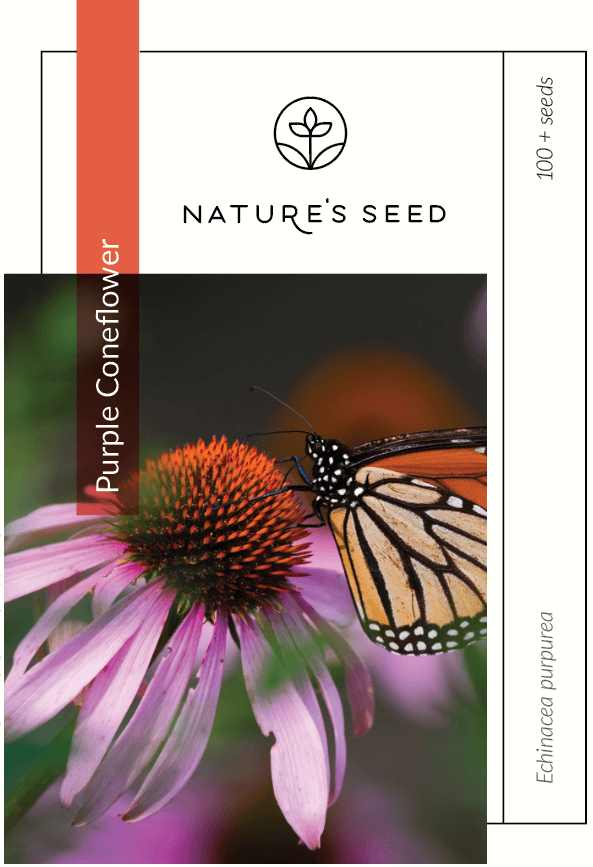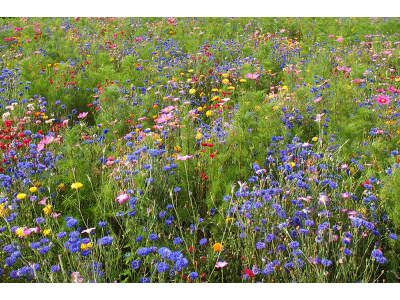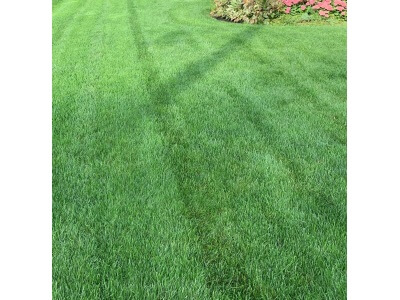Buy more and save!
Coverage Area
Price
$11.43 – $29.63
$11.43 – $29.63
Out of stock
Shipping
Nature’s Seed processes domestic orders from its Lehi, Utah warehouse within 3–5 business days (up to 5 days during peak season) . Standard UPS shipping takes an additional 2–7 business days, depending on destination . Orders over $150 qualify for free “Economy” shipping within the contiguous U.S. (you must select this option at checkout), while smaller orders incur a calculated shipping fee, typically $10 for standard economy delivery. Alaska and Hawaii are eligible for shipping, though free shipping does not apply there, and rural, remote, or expedited shipments may require extra fees or 1–2 extra delivery days . More information
🛑 This product is going to be removed from our store. We have created a new collection of products that are sure to work for you! Please to start your journey and find the perfect product for you!
🛑 This product is going to be removed from our store. We have created a new collection of products that are sure to work for you! Please to start your journey and find the perfect product for you!
🛑 This product is going to be removed from our store. We have created a new collection of products that are sure to work for you! Please to start your journey and find the perfect product for you!
Note: Each wildflower seed packet contains approximately 100 seeds
Also known as Purple Coneflower,Echinaceapurpureais a drought-tolerant perennial native to the mid-western and southeastern United States. Echinacea purpurea can handle full sun to partial shade, where it produces a large, beautiful flower with purple petals surrounding a reddish coned center.
It requires fertile, well-drained soils to reach its full potential. Reaching three feet in height and blooming from June through October, echinacea purpurea is ideal for use in wildflower mixes and arrangements and is stunning in mass plantings.
The Process of Growing Purple Coneflower from Echinacea Seeds
Growing Purple Coneflower from seeds is straightforward and an exciting and rewarding experience. To start, choose a sunny spot in your garden with well-draining soil. Purple Coneflower prefers full sun to partial shade and can tolerate a variety of soil types.
Next, prepare the soil for planting seeds by loosening it with a garden fork or tiller. Well-drained soil will ensure that the purple coneflower roots can penetrate the soil easily and establish a strong foundation.
Once the soil is ready, it’s time to sow the echinacea seeds. Scatter the seeds over the prepared soil and lightly press them into the ground. Avoid covering the echinacea purpurea seeds too deeply, as they require light to germinate.
Water the echinacea purpurea seed heads gently, keeping the soil consistently moist but not overly saturated. This will help the seedlings emerge to germinate and sprout. Within a couple of weeks, you should start to see tiny dark green sprouts emerging from the soil. As the plants grow, thin them out to about 18-24 inches apart to allow for adequate airflow and prevent overcrowding.
As early summer progresses to late summer and early fall, your echinacea purpurea will begin to bloom, showcasing its vibrant purple petals and attracting bees, butterflies, and other pollinators to your garden. Enjoy the beauty and benefits of these stunning flowers during the growing season as they add a pop of color to your outdoor space. Purple Coneflower (EchinaceaPurpurea) may even rebloom in late fall.
Remember to water your Purple Coneflower regularly, especially during dry spells, and remove any spent blooms to encourage continuous flowering. Also, make sure to space plants apart so that each Echinacea Purpurea’s fibrous root system can properly grow and gather nutrients. With proper care and maintenance, your Purple Coneflowers will bring joy to your garden year after year.
Benefits of Purple Coneflower (Echinaceapurpurea)
Echinacea purpurea, or Purple Coneflower, offers the visual beauty of the flower buds and a range of benefits and uses. Here are some of the benefits and uses of Echinacea purpurea:
- Medicinal Properties: Growing Echinacea purpurea in your garden provides you with a source of natural, homegrown ingredients that can provide you with incredible health benefits such as boosting your immune system, relieving allergy symptoms, and more.
- Repels Mosquitos: Echinacea purpurea also contains essential oils that repel mosquitos from going near them, making them a helpful repellent to include in your backyard or other outdoor areas.
- Attracts pollinators:Purple Coneflower is a magnet for bees, butterflies, and other pollinators, making it an excellent addition to pollinator gardens and helping to support biodiversity.
These are just some of the great benefits of having purple coneflower in your garden, pasture, or other outdoor area. To get the best out of them, properly care for your echinacea plants, and include them in many areas of your property.
Care and Maintenance for Purple Coneflower Plants
Taking care of your Purple Coneflower is crucial to your native plants to ensure their health and longevity. Here are some care and maintenance tips to keep in mind:
- Water regularly:Purple Coneflowers are drought tolerant but still need consistent moisture, especially during dry spells. Water yours deeply and regularly, ensuring the soil is moist but not waterlogged.
- Deadhead spent blooms:Removing faded flowers from older purple coneflower plants will encourage continuous blooming and prevent the plant from wasting its bloom time and energy on seed production.
- Mulch the soil: Applying a layer of organic mulch around the base of your Purple Coneflower will help conserve moisture, suppress weeds, and regulate soil temperature.
- Fertilize sparingly:Echinacea purpurea doesn’t require heavy fertilization. Use a balanced, slow-release fertilizer sparingly in early to late spring to provide necessary nutrients.
- Divide and cut flowers every few years:Purple Coneflower can become overcrowded over time. Dividing them every three to four years will promote healthier growth and more flowers.
These are just a few general tips for caring for your beds of beautifulechinaceapurpurea. To get in touch with seed experts who can help you ensure the best possible growth for your plants each season,contact Nature’s Seedexperts today.
Do Purple Coneflower Plants Spread?
Purple coneflower are known for their ability to spread and multiply within a garden. Once established, these resilient perennial plants can produce new shoots and blooms each year.
While they won’t spread aggressively like some other perennials, they will gradually fill in an area over time. Be sure to provide enough space between plants to allow for their spread, and enjoy watching your coneflower patch grow and thrive.
This makes purple coneflower (echinaceapurpurea) an excellent choice for creating a naturalistic and low-maintenance garden.
Where is the Best Place to Plant Purple Coneflower?
For the master gardener wishing to create a stunning display of Purple Coneflower, choosing the right location for planting new plants is important. These beauties thrive in areas that receive strong sunlight, including full sun to partial sun, so make sure to select a spot in your garden that gets plenty of sun exposure.
Purple Coneflowers are quite adaptable plants that can tolerate partial shade and a variety of soil types as long as it is well-draining. Whether you’re planting them in a flower bed, along a fence line, or in a container, the key is to provide them with the right amount of sunlight and well-draining soil to ensure their success.
Create a Butterfly Garden With Purple Coneflower (Echinacea Purperea)
You can easily create a vibrant and lively butterfly garden using echinacea seeds, as their beautiful purple petals are a favorite for butterflies and will attract them to your garden as soon as they first bloom. Here are a few tips on how to do just that:
- Plant them in sunny areas and watch as the butterflies dance among the stunning purple petals.
- Mix them with other butterfly-friendly plants like yellow coneflower, milkweed, and lavender for a diverse and thriving butterfly garden.
- Provide a water source, such as a shallow dish filled with water and pebbles, for butterflies to drink from.
With a well-planned butterfly garden, you’ll be able to enjoy the colorful and graceful presence of butterflies in your outdoor space and enjoy a naturally-pollinated garden every year.
| Weight | N/A |
|---|---|
| Dimensions | 12 in |
| Sun/Shade | |
| Est Rate | |
| Height | |
| Seeding Rate | |
| Color | , , , |
| Water | |
| Native | |
| Life Form | |
| Blooms | , , |
| Lowest price |
15.240000 |
| Seeds Per Pack or Pounds | , , , , , |






